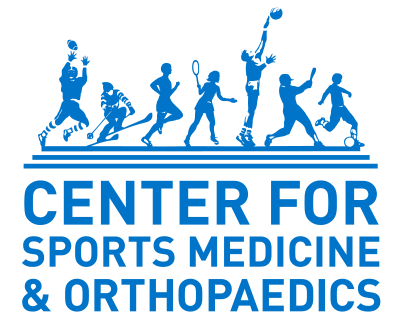Most coaches will tell you to plan your training regimen backwards. Whether you have a target race, or your goal is to increase mileage or speed, training plans are built backwards from a goal. Next, schedule training and recovery to meet the goal. Most runners are good at the first and skip the later. The world’s best athletes know you can’t skip recovery.
Mike Mancias, personal athletic trainer to Lebron James, says recovery planning is the first item on Lebron’s off season training program. When the NBA game schedule is released for the next season, he and Lebron plan itineraries down to details such as timing of flights to optimize sleep and recovery. Planning recovery into a training regimen should be equally important to running athletes.
SO, WHAT IS RECOVERY? Eat, sleep, stretch, nourish. Recovery work has two goals: Repair and prepare.
- REPAIR: For physical adaptation to occur, you have to push the body beyond its limits. When you do, breakdown and micro tears occur within your muscles. Proper recovery accounts for the healing of those micro tears so that you can withstand your next strenuous load.
- PREPARE: When you properly prepare tissue, the body is primed for the work you will ask it to do. You get faster. You get stronger. Your endurance improves. In short, recovery is anything a person needs to do in order to perform in their next training run, race, or workout. The right recovery plan will literally make you a better runner. Recovery could include treatments such as massage gun treatments, compression sleeves, instrument assisted soft tissue mobilization, foam rolling, and much more.
DO YOU HAVE TO SPEND AN HOUR OR MORE EVERY DAY TO RECOVER PROPERLY? Recovery can take a lot of time. I have worked with athletes that put in 3-4 hours a day on stretching, massage, and rehab. For the average person, with no ailments or injuries, as little as 10-30 minutes per day can aid tissue recovery.
Recently, I polled a group of professional, collegiate, and post collegiate athletes asking them two questions: First, “What do you wish you had known ‘then’ that you know now about taking care of your body?” Common answers included the importance of sleep, hydration, nutrition, and stretching.
Secondly, “Why do you think you didn’t know to do those things – lack of knowledge or simply not understanding the importance?” Overwhelmingly, with the exception of nutrition, athletes said that they just didn’t think it was a priority. I implore you to find 10-15 minutes a day to devote to performance optimization. You will not regret it!
IS RECOVERY EXPENSIVE? While it is true that Lebron James spends $1 million dollars on recovery every year, you don’t have to. Sessions are available for as little as $15. You could spend a ton of money, but you don’t have to. And the best part – those are extras. Stretching on your own is practically free.
To inquire about recovery services at C4 Sports Therapy or to schedule a recovery session, Call Amy at (423) 713-5639.
 Amy Ketron, MSA, ATC is a certified athletic trainer at C4 Sports Therapy. She loves seeing her athletes defy all odds and conquer goals they never dreamed possible. Football is her favorite sport to work and watch.
Amy Ketron, MSA, ATC is a certified athletic trainer at C4 Sports Therapy. She loves seeing her athletes defy all odds and conquer goals they never dreamed possible. Football is her favorite sport to work and watch.

